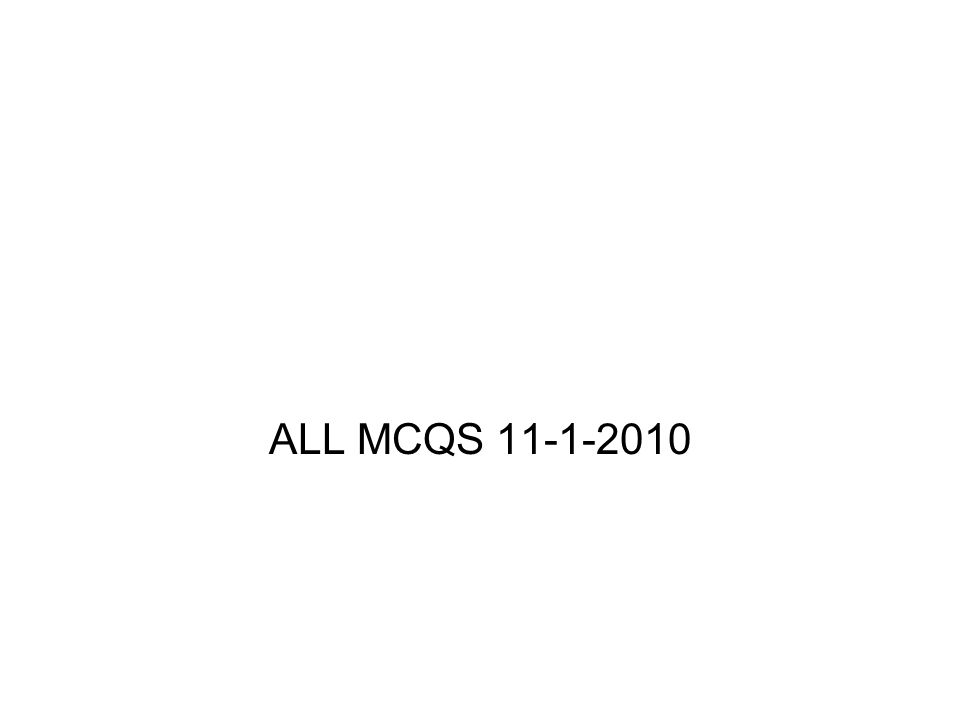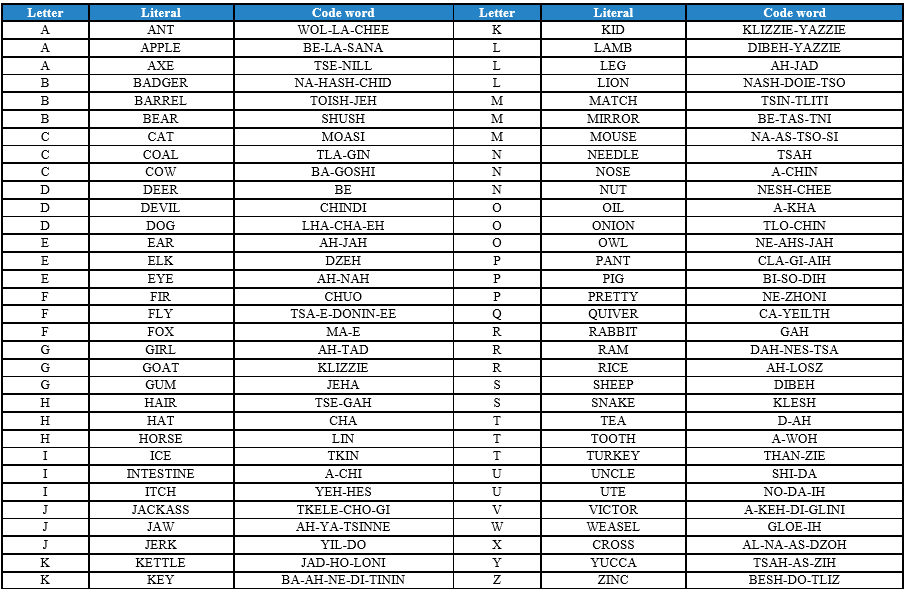The Defence Of Provocation Law General Essay.
The law of provocation has been accused of being discriminatory against female defendants, forcing them to plead diminished responsibility to secure a manslaughter conviction. While there is some truth in this, the danger with the proposed reform to the law is that it will move too far in the other direction ”.
Initially the common law was to be followed in regards to provocation. Under the case of R v Duffy 1 provocation was stated to be some act done by the victim to the accused which would cause in any reasonable person, and actually causes in the accused, a sudden and temporary loss of self-control.

A critical evaluation of the development of common law principles as are applicable to the defence of provocation in criminal law. Common Law: Development of Defence of Provocation Question: Critically evaluate the development of common law principles applicable to the defence of provocation in criminal law from the decision in Mancini v DPP (1942) AC 1 to Mascantonio v R (1995) 183 CLR 58.

Common law development of defence of provocation. Legal System and Method. Question: Critically evaluate the development of common law principles applicable to the defence of provocation in criminal law from the decision in Mancini v DPP (1942) AC 1 to Mascantonio v R (1995) 183 CLR 58.

Provocation as a Defence Essay. Provocation as a Defence For a person to be criminally liable they must be commit the relevant prohibited act, or omission; the actus reus, and also be in the requisite mental state; mens rea, and also have no valid defence. Defences available cover situations such as insanity, duress or intoxication.

The defence of provocation is a further special defence to murder contained in the Homicide Act 1957 alongside diminished responsibility and suicide pact. These are referred to as special defences as they only apply to the law of murder.
Provocation was one of three special defences contained within the Homicide Act 1957 (HA 1957) which could be pleaded in relation to a charge of murder. If one of these defences was proven it had the effect of reducing the crime of murder to that of manslaughter.

Defence of provocation. Lady Justice is typically depicted blindfolded. This is symbolic of the objectivity that the law aspires towards: justice dispensed regardless of the wealth, status, race or culture of the persons who come before the court. This essay will focus on the defence of provocation, and examine the application of the subjective.

The defence of provocation has a long-standing history under the common law. Originated in the 16 th century in the United Kingdom, the defence has been used in scenarios where a defendant kills another person due to a temporary loss of self-.

Essay on The Defence of Provocation 2058 Words 9 Pages The Defence of Provocation Provocation is a defence which reduces the offence of murder to manslaughter. Even though there may be an intent to kill it can be deemed that, in some circumstances, it is not appropriate to be classified as murder.

Discuss Your Order: 0044 (0) 1159 667 993. Free Law Essay Samples. Our aim is to help you with your essays and our huge library of research material is available for you to use for your assignments. If you do use any part of our free Law essay samples please remember to reference the work. If you haven’t found the sample you’ve been looking.

Provocation privileges homicidal fury. It allows certain persons who kill in that state to be convicted of culpable homicide rather than murder.

The law regarding provocation has been analysed, questioned and reformulated a number of imes, and the most likely reason for this is to achieve substantive justice in the eyes of the judiciary. Viscount Simon believed that as society advanced one should expect more from its members, tipping the “scales” of provocation in favour of regard for the sanctity of human life.



